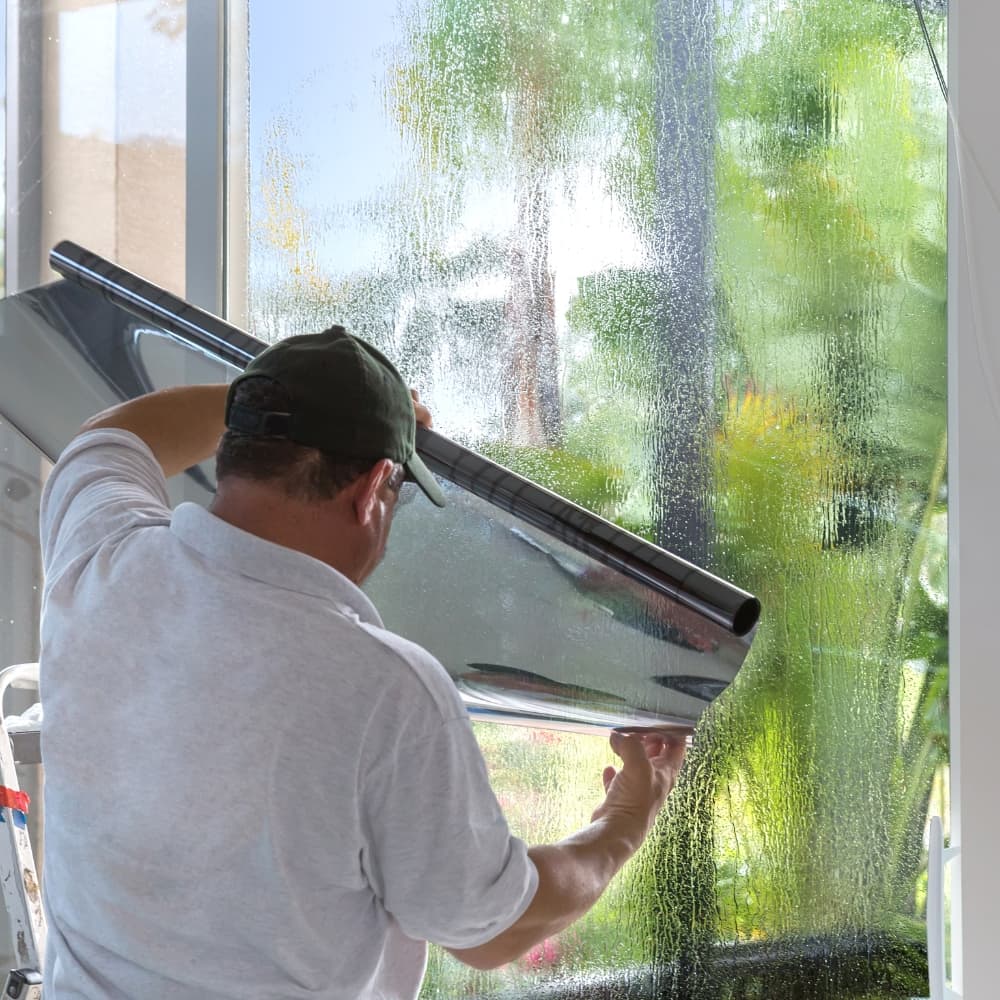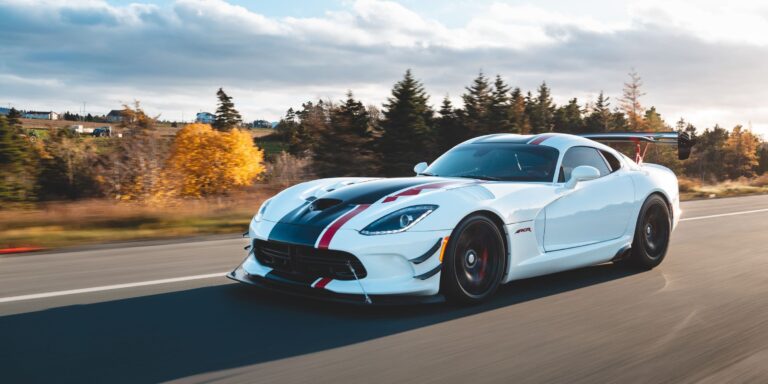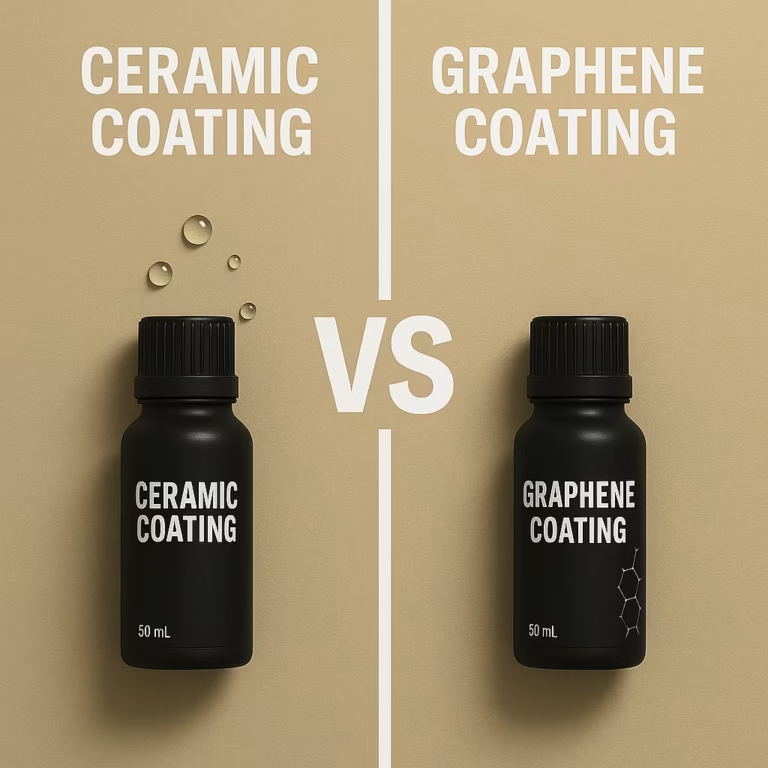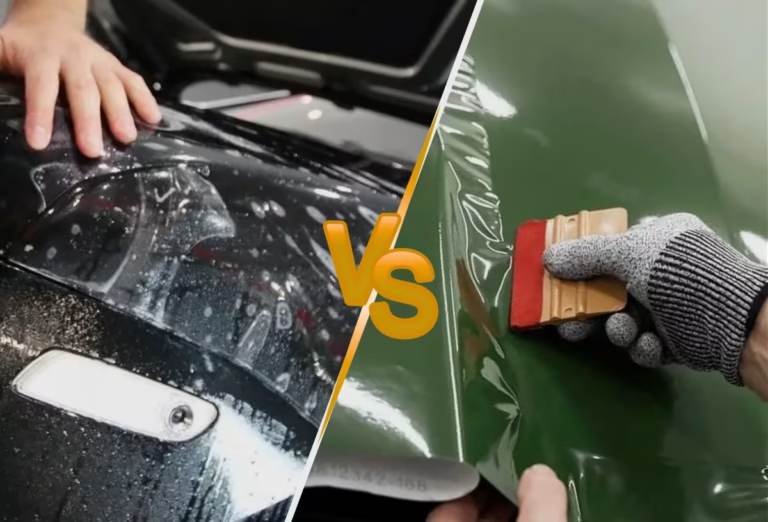Choosing the right window tint shade is more than just picking a color; it’s about finding the balance between comfort, safety, style, and legal compliance. The shade of your car’s windows affects heat reduction, glare control, privacy, and UV protection, all of which contribute to a safer and more comfortable driving experience. With options ranging from light to dark tints, each percentage offers unique advantages depending on your driving habits, climate, and personal preferences. Understanding these differences helps you make an informed choice that enhances your car’s appearance while protecting its interior and ensuring compliance with local laws. Selecting the right film, especially from trusted brands like 3M, LLumar and XPEL, SunTek, ensures long-lasting performance and peace of mind, making your investment in window tinting both practical and stylish.
What Are Window Tint Shades and Why Do They Matter?
Driving in bright sunlight or sweltering heat can make your car feel like an oven, while harmful UV rays slowly damage your skin and your vehicle’s interior. This is where window tint shades come in. The term “window tint shade” refers to how much light a film allows through your windows, measured in Visible Light Transmission (VLT%). The lower the percentage, the darker the film and the less light that passes through.
For example, a 20% tint allows only 20% of light in, while a 70% tint allows 70% of light. Choosing the right shade is more than just an appearance decision; it affects your driving comfort, safety, and even compliance with state laws. Car window tint shades also impact how well your tint blocks heat, glare, and UV rays. Many drivers ask questions like, What tint is best for heat reduction? Or which window tint percentage is legal in California? By understanding how tint shades work, you can make a choice that balances style, visibility, and functionality.
Understanding VLT% (Visible Light Transmission)
When shopping for tint, one of the most important factors to understand is VLT% (Visible Light Transmission). This number shows the percentage of visible light that passes through both the window and the tint film. A lower VLT% means a darker tint, offering more privacy and glare reduction, while a higher VLT% is lighter and allows more visibility. Common tint percentages include 5%, 20%, 35%, 50%, and 70%.
A 5% tint, also known as “limo tint,” is extremely dark and commonly used for privacy, but may not be legal on front windows. A 35% tint is a popular middle ground; it reduces glare and heat while still offering good visibility, especially at night. Lighter shades like 50% and 70% provide UV protection and heat rejection without drastically altering visibility. Many drivers compare 35% vs 20% tint before deciding, since both are widely popular. Keep in mind that darker tints may look appealing but can reduce night driving visibility. Understanding how VLT% works allows you to pick a shade that matches your needs for comfort, safety, and style.
Window Tint Laws and Regulations in California (and Beyond)
Before choosing your window tint shade, it’s essential to understand local tinting laws. In California, for instance, the law requires that the front side windows allow more than 70% of light in. The back side windows and rear windshield, however, can be darker. This means that while you may want the sleek look of 20% tint all around, it may not be legal for your front windows in California.
These regulations exist to keep roads safe by ensuring clear visibility for drivers and law enforcement. Across the U.S., laws vary, some states allow very dark rear window tinting, while others are stricter on all windows. Many car owners wonder, Is 20% tint legal in my state? Or can I tint my windshield? The answer depends entirely on where you live and drive. Choosing a professional tint installer ensures your film meets all state regulations, avoiding tickets and unnecessary removal costs. At OC Tint Solutions, we always verify the legal limits in Orange County and surrounding areas, so you can enjoy your tint without worrying about fines or compliance issues.
Choosing the Right Shade for Your Car
Selecting the right window tint shade is about balancing style, comfort, and legal compliance. Dark, medium, and light tints each offer unique advantages, but they also come with specific considerations. Understanding these differences can help you choose a tint that fits your lifestyle and driving needs.
Dark Tint (5%–20%)
Dark tints provide maximum privacy and significantly reduce glare from the sun, making them a popular choice for drivers who value security and heat rejection. They can effectively block up to 99% of harmful UV rays and keep your car’s interior cooler during hot summer months. However, very dark tints come with drawbacks. They can reduce visibility at night, making driving less safe in low-light conditions. Additionally, most states, including California, have strict regulations regarding how dark front window tints can be, so improper installation may result in fines or required removal. Despite these limitations, dark tints are highly favored for rear windows and vehicles that prioritize privacy.
Medium Tint (30%–40%)
Medium tints strike a balance between style, functionality, and visibility. They reduce glare and UV exposure while maintaining clear visibility at night, making them ideal for everyday drivers. Many car owners find this range perfect because it offers “the best of both worlds”, heat and UV protection without compromising safety or legality. Medium tints are also visually appealing, giving a sleek, modern look to the car without looking too dark. They work well in varied climates and are often recommended by professional installers for those seeking performance, safety, and aesthetic appeal in one solution.
Light Tint (50%–70%)
Light tints are subtle, allowing more sunlight into the cabin while still providing UV protection and moderate heat reduction. They are perfect for drivers who prioritize clear night vision, safety, and legal compliance. While they do not offer the same level of privacy as darker tints, they still help prevent fading and sun damage to your car’s interior. Light tints are ideal for front side windows in states with strict tinting laws and are commonly chosen by drivers who want a professional, understated look.
Factors to Consider Before Picking a Tint Shade
When choosing a tint, consider climate, driving habits, and local regulations. Hot and sunny climates benefit from darker tints for heat rejection, whereas frequent night drivers should prioritize lighter shades for visibility. Local laws and inspection rules must be checked to ensure compliance and avoid fines. Brand quality is another key factor; premium films from 3M, LLumar, SunTek, and XPEL provide better longevity, UV protection, and warranty coverage compared to generic alternatives. Professional installation ensures precise cuts, long-lasting adhesion, and a flawless finish.
Debunking Common Window Tint Myths
There are many misconceptions about window tinting that can lead car owners to make uninformed choices. One common myth is that a darker tint automatically means better heat rejection. While darker films do reduce glare and provide more privacy, the actual ability to block heat depends on the technology and material of the film. For instance, ceramic and nano-ceramic tints can block significantly more heat than a basic dark carbon tint, even if the color appears lighter.
Another false belief is that window film is purely cosmetic. In reality, tinting plays a vital role in improving comfort by reducing interior temperatures, protecting upholstery from fading and cracking due to UV exposure, and enhancing safety by holding shattered glass together during accidents. It’s not just about looks; it’s about long-term protection and a safer driving experience.
Some drivers worry that tinting reduces a vehicle’s resale value. On the contrary, professionally installed, high-quality tints can maintain or even increase a car’s appeal. Buyers appreciate well-installed films that protect the interior and maintain the vehicle’s aesthetics. The key is choosing a reputable installer and using premium films that offer consistent performance.
Finally, there is a misconception that all window films are the same quality. Not all films are created equal. Premium brands like 3M, LLumar, SunTek, and XPEL offer superior UV protection, durability, and lifetime warranties compared to generic alternatives. Investing in high-quality films ensures better heat rejection, long-term clarity, and enhanced safety, making it a smarter choice for any car owner.
Why Choose OC Tint Solutions for Your Tint Installation
OC Tint Solutions delivers professional installation with precision cuts, compliance with local laws, and expert advice on shade selection. Our expert window tinting team in Anaheim, Costa Mesa, and Orange County uses premium films with lifetime warranties, ensuring long-lasting protection against UV rays and heat. Whether you want privacy, comfort, or style, our installers ensure a smooth, flawless finish with superior results. Request a Free Quote today and upgrade your car with window tint shades that meet your needs and exceed expectations.




